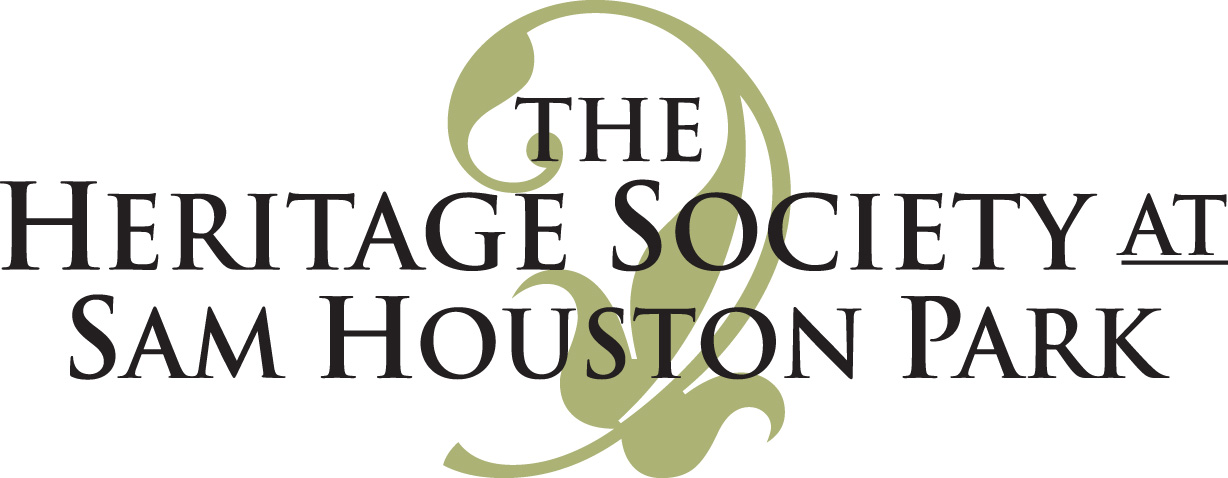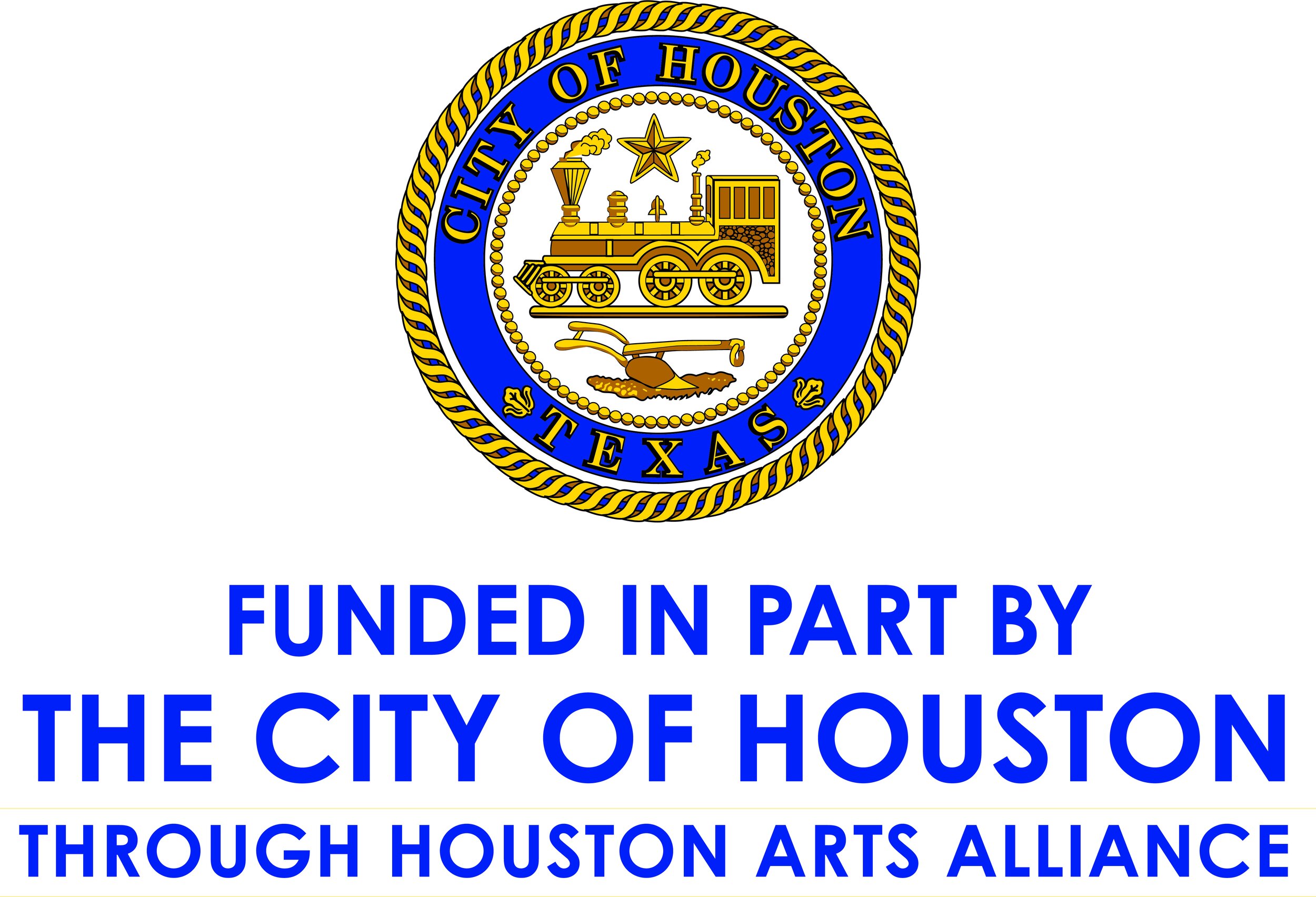Pieces of History on Main Street
To catch a glimpse of historic Houston, look no further than Main Street. When the Allens established the town of Houston in 1836, they centered the town plat at the confluence of Buffalo Bayou and White Oak Bayou. This resulted in a street grid that ran approximately northeast to southwest. Main Street ran perpendicular to Buffalo Bayou and directly in line with White Oak Bayou.
The earliest ships carrying cargo and pioneering residents to Allen's Landing arrived at the foot of Main. During the two years Houston served as the capitol of the Republic of Texas, the capitol building stood at Main and Texas. Though the building was used as a hotel for a few decades after the capitol moved to Austin, it eventually was replaced by the Rice Hotel which still stands today. When the city’s original political wards were established in 1840, Main Street formed the division between the third and fourth wards.
Charlotte Baldwin Allen House. early 1890s, located at 718 Main Street at the corner of Rusk Avenue. Special Collections, University of Houston Libraries. University of Houston Digital Library.
Early photographs show rapid development and redevelopment of Main Street near the bayou as the city’s growth and architectural improvements called for larger buildings. Farther from the bayou, Main Street’s early development in what is now considered downtown was mostly residential. Large, grand residences and trees lined Main Street outside the commercial center. One of these was occupied by Charlotte Baldwin Allen, wife of Augustus Allen, who lived in Houston and was an active community member until her death in 1895. Her residence at 718 Main was demolished in 1915, and the 1929 Gulf Building (now the J.P. Morgan Chase Building) stands in its place. Likewise, none of the grand mansions that lined Main Street in the late 19th and early 20th centuries remain today.
As Houston grew into the twentieth century, commercial and institutional development gradually replaced residential areas as it extended farther south. By the 1960s, Houstonians could travel down Main Street from downtown, through the museum district, through the newly developed Texas Medical Center, and all the way to the brand-new Harris County Domed Stadium (better known as the Astrodome). If you look closely, you can find pieces of history all along today’s Main Street.
300 block of Main Street between Congress Street and Preston Avenue. 1866. Special Collections, University of Houston Libraries. University of Houston Digital Library.
Nineteenth and early 20th-century Houston is most visible between Commerce and Texas Streets downtown. These blocks, and a portion of Main that stretches across the bayou to Girard, are included in the city’s Main Street Market Square Historic District. Other examples are Allen’s Landing (c. 1836, south bank of Buffalo Bayou); the Main Street Viaduct (1913, Main at Buffalo Bayou); the H.S. Kress and Co. Building (1913, Main at Capitol, now the St. Germain Lofts); the First United Methodist Church (1910, Main at Clay); the Beaconsfield (1911, Main at Pease); First Church of Christ Scientist (Main at Jefferson); Trinity Episcopal Church (1917-1921, Main at Holman); commercial buildings between Berry and Alabama (various dates); Isabella Court (1929, Main at Isabella); South Main Baptist Church (1918, Main at Colquitt); Sears (1939, Main at Wheeler); Baker Brothers Studio (now Lawndale Art Center, 1931, Main at Wichita); the Museum of Fine Arts original building (1926, Main at Ewing); and the Warwick Hotel (now Hotel ZaZa, 1926, Main at Hermann). Hermann Park and Rice University (1914 and 1912) remain well loved institutions along historic Main Street. Today, Houston's METRORail Red Line provides an easy way to take in the city's history along one of its earliest major corridors.
Banner image: Main Street looking south from Dallas Avenue, Houston, Texas (1909) - Front. March 1909. Special Collections, University of Houston Libraries. University of Houston Digital Library.










